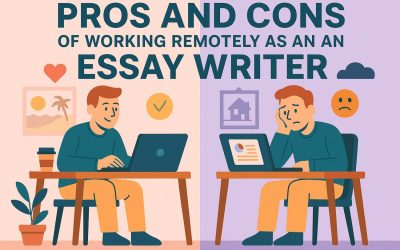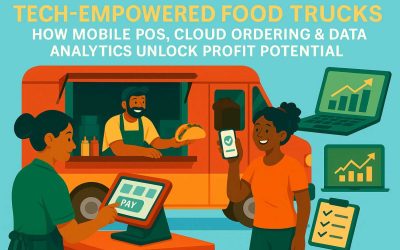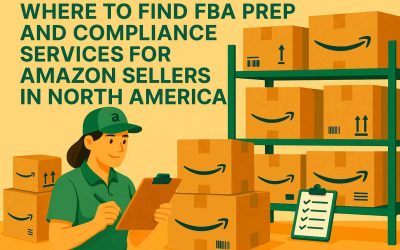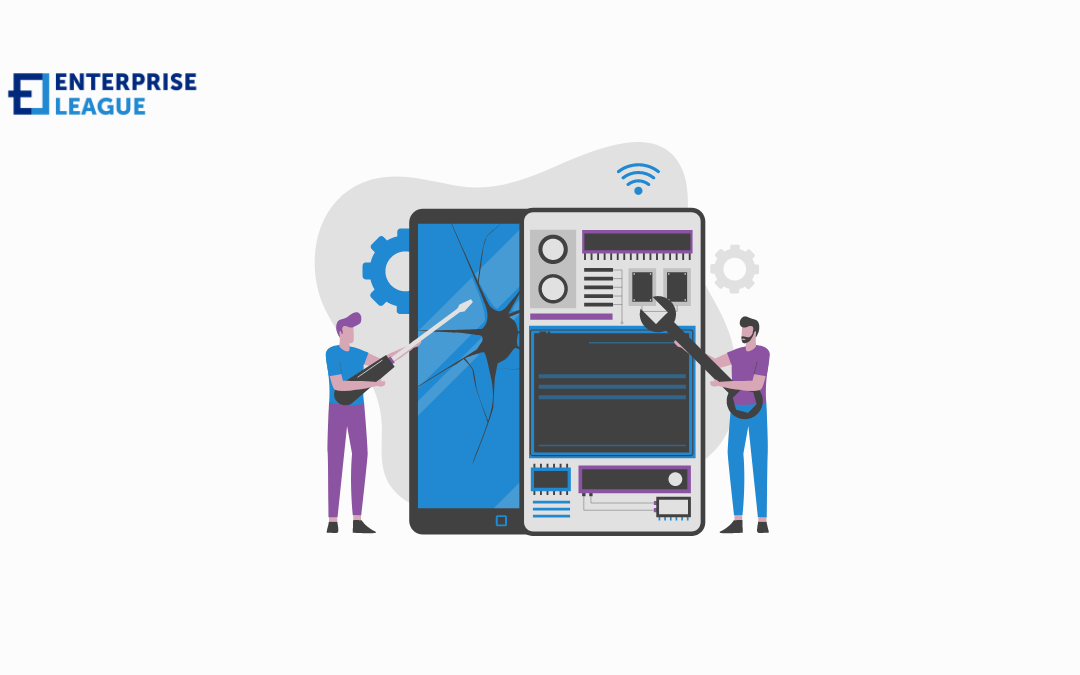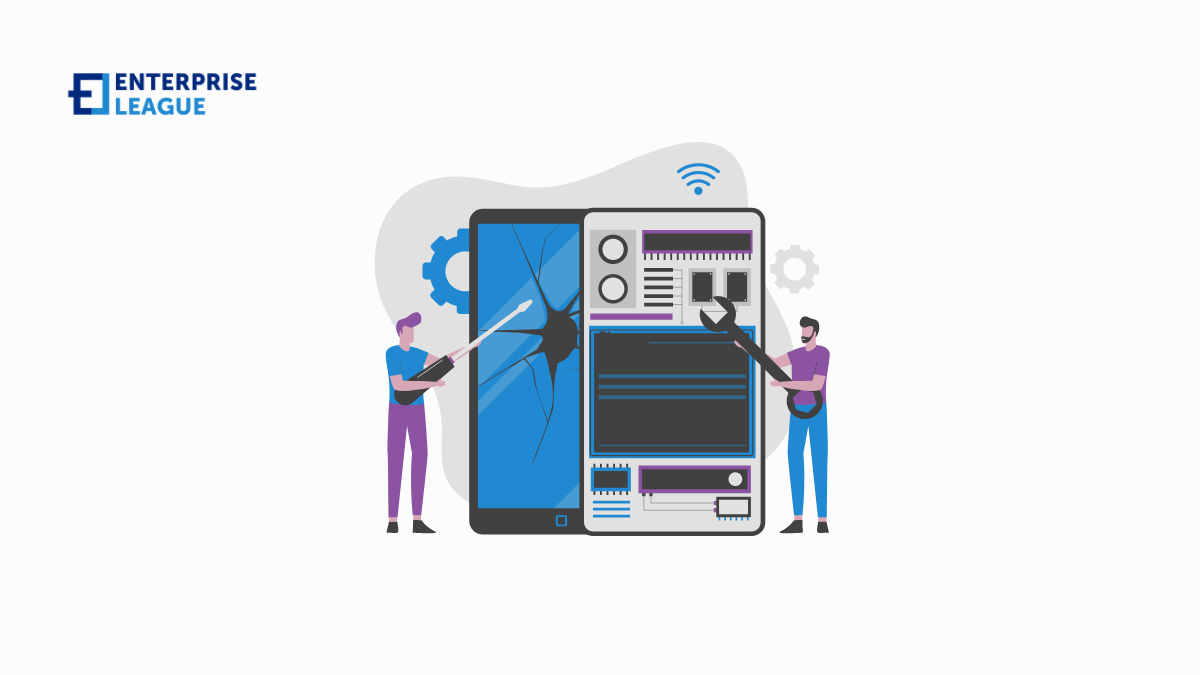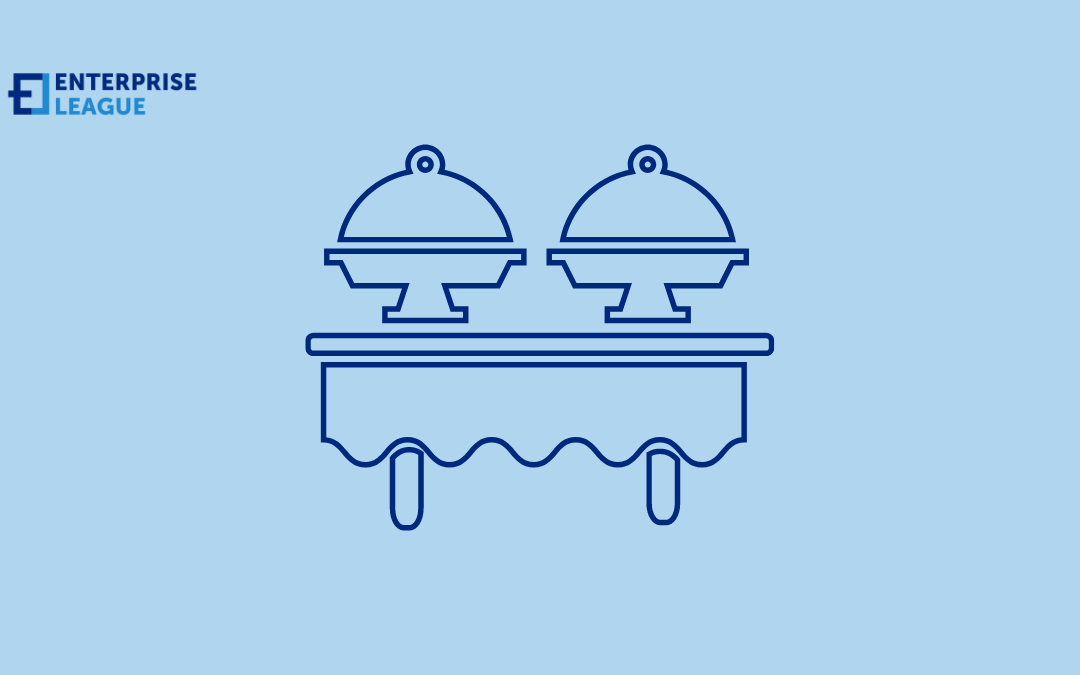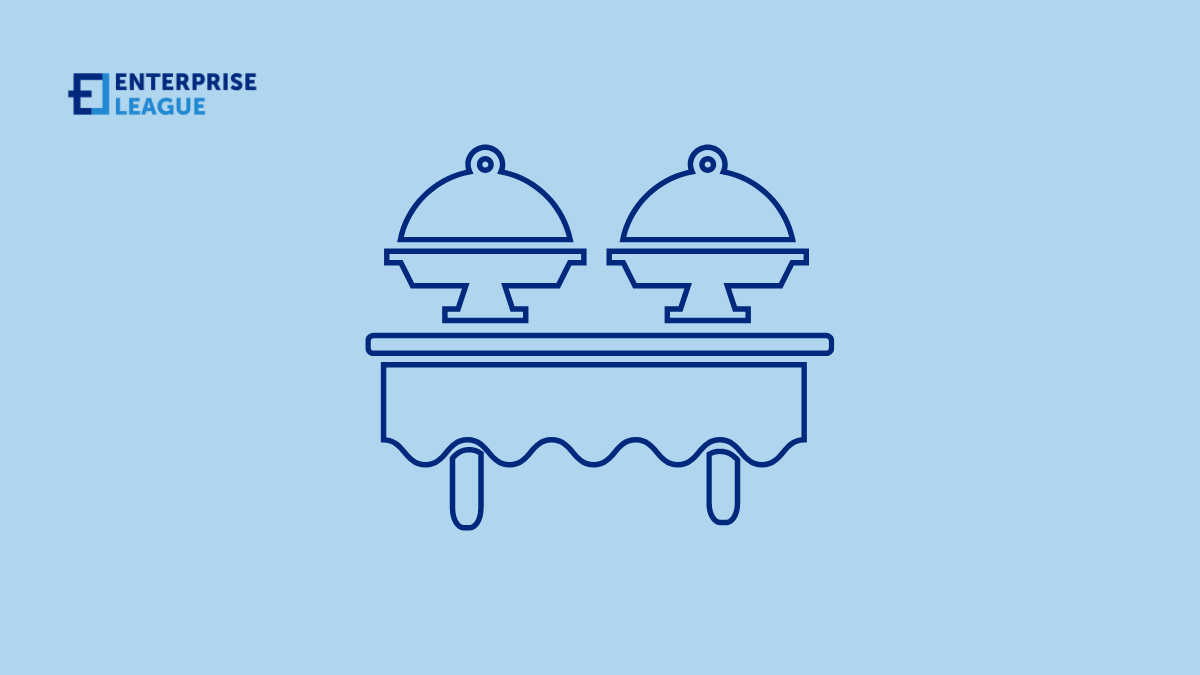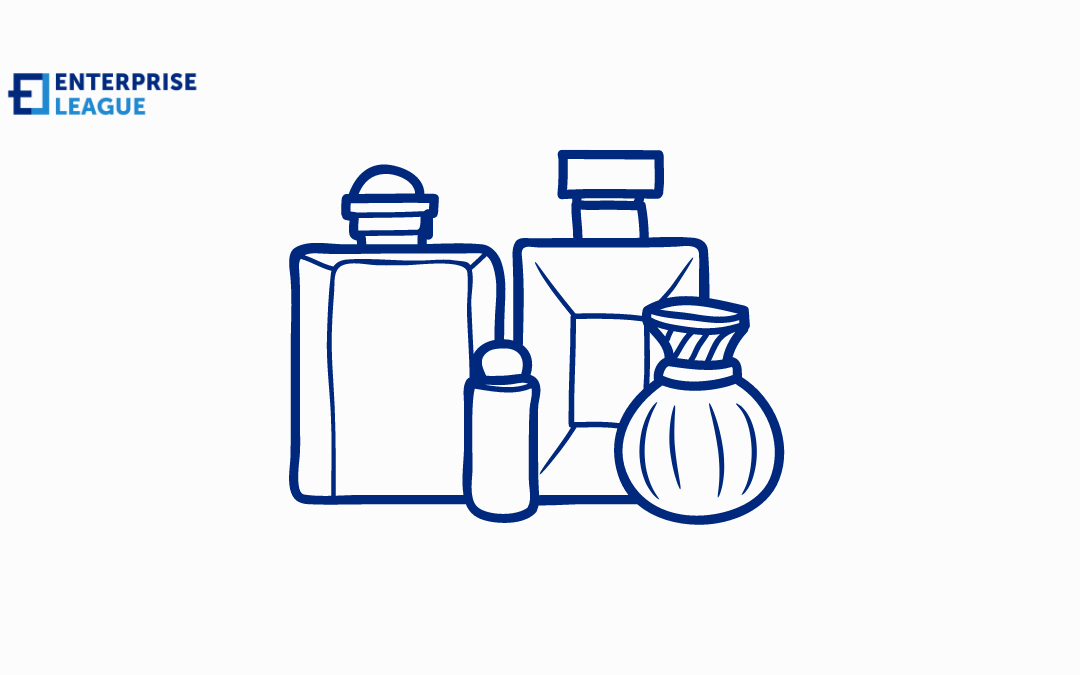The pandemic totally flipped everything upside down, right? Suddenly, like, millions of people had to figure out this whole work-from-home thing. But essay writers? They've kinda been doing this forever. Coffee shops, couches, random hotel rooms - they were the...

Top 16 boat business ideas in 2025
Owning a boat is a dream for many, but let’s think out of the box. As much as this is a fulfillment of a lifelong desire the costs of maintenance like taxes, fees, and insurance can quickly add up and cause a financial burden. This is where the thinking out of the box comes in, when not in use for personal enjoyment why not start your own boat business where you will generate a passive income that will offset the expenses associated with boat ownership and bring you extra cash? With so many unique boat business ideas available on the market and an industry projected to reach 28.75 billion by 2030, you can turn this into a successful and profitable business journey.
Best 16 boat business ideas
Here are some creative and profitable boat business ideas that you can start right away:
Boat sports blog
A boat sports blog business offers an informational website and social media presence documenting recreational boating culture, gear reviews, competitive event coverage, entertainer profiles, and lifestyle perspectives for avid water sports enthusiasts. As an accessible passion, growing boat ownership is driving demand for niche publications nurturing the pastime beyond traditional boating magazines alone. An independent blogger first compiles resources around boat types, maintenance guides, marina tips, and event listings welcoming newcomers.
Over time, developing a distinct specialty area like showcasing local kayaking groups or providing sail shape explainers draws organic traffic through search and shares. Ultimately building an engaged subscriber base means regularly publishing share-worthy stories aligned with audience interests around responsible boating adventures from mountaineering waves or lazy lake days to tournaments benefiting good causes.
How much you can make: $5,000 – $100,000 annually
How much does it cost to start: $500 – $5,000
How long does it take to build: 2-6 months
Peer-to-peer boat rentals
Peer-to-peer boat rentals is an online platform that allows boat owners to list and rent out their vessels to prospective local customers as supplemental income. By granting public access to privately owned marine crafts during idle periods, improved utilization offsets ownership costs for captains and groups otherwise lacking storage space or high purchasing power. Listing owners specify rental terms, availability calendars, and pricing while the platform handles screening, bookings, and insurance components alleviating major liabilities. Renters select from neighborhood options by intended purpose from fishing trips to water sports practice conveniently avoiding lengthy chartering processes of traditional agencies.
As coastal tourism rebounds but fuel and mooring remain cost-prohibitive to most individuals, peer rentals bridge aspirational water recreation gaps sustainably through communal excess capacity sharing. Pooling localized resources curbs superfluous production also taxing sustainability.
How much you can make: $50,000-$200,000+/year
How much does it cost to start: $50,000-$200,000
How long does it take to build: 3-6 months
Boat sightseeing tours
Boat sightseeing tours is a marine charter service providing local excursions focused on coastal scenery, wildlife, and geography appreciation via captain-guided small group boat trips tailored by customer interest from nature to history. In addition to basic cruise enjoyment, interpretive narration elevates understanding through ecological facts or place lore that untrained visitors lack context sensing independently.
Beyond common group transportation modes congested along designated roadways, slow idling near shorelines enables deeper discovery through specialized vessel mobility and perspective. VS maintains private boats so few utilize them maximally anyway, sharable tours grant many convenient window seats worth pooling periodically.
How much you can make: $50,000-$200,000+/year
How much does it cost to start: $50,000-$200,000
How long does it take to build: 3-6 months
Charter fishing
Charter fishing is a tourism service specializing in sport fishing excursions by coordinating licensed boat trips, equipment, and crew members to help land customer catches. Local marine expertise increases the odds for successful shoreline and offshore trips pursuing popular regional catches to maximize customer takeaways for personal meals or trophy-sized taxidermy.
For would-be solo recreational fishermen unable to afford private boats, ongoing training, storage, and hauling, certified operators sustainably pool costly resources sharing both risk and reward communally afloat among fellow hobbyists likewise allured to reel a dream in.
How much you can make: $50,000-$200,000+/year
How much does it cost to start: $50,000-$200,000
How long does it take to build: 3-6 months
Boat cleaning service
Boat cleaning service is a marine maintenance service focused on comprehensive interior and exterior boat detailing from routine washings to seasonal restorations revitalizing weathered vessels. Trained specialists tackle fiberglass, canvas, metal, and glass surfaces boat owners struggle to reach fully across multi-level decks and compartments themselves between outings. The proper pressure-washing and waxing maintain aesthetic appeal that upholds resale values amid aggressive ocean elements wearing down exteriors over years of use.
Carefully clearing grime and persistent salt buildup around controls also sustains operational integrity across electrical and mechanical systems otherwise vulnerable shorting out from lingering conductivity and moisture contamination issues when neglected.
How much you can make: $30,000-$100,000+/year
How much does it cost to start: $5,000-$20,000
How long does it take to build: 1-3 months
Boat repair business
Boat repair business is a marine maintenance service restoring recreational watercraft and smaller commercial vessels’ optimal functionality across propulsion, electrical, and instrumentation issues that gradual wear-and-tear and collisions impart over years plying regional waterways. Highly skilled technicians handle fiberglass patching, engine troubleshooting, electronic repairs, and annual servicing beyond owner competence levels to uphold seaworthy licensing enabling ongoing voyages.
Whether optimizing steering responsiveness or reinforcing hauls against detrimental saltwater corrosion, the boat repair specialist sustains communities accessing treasured regional aquascapes safely. By resurrecting once-adored rigs left languishing across barn interiors, the resolute boat mechanic liberates patrons appreciating days freer afloat rather than confined ashore when incremental defects defer dreams drifting just out of reach.
How much you can make: $50,000-$200,000+/year
How much does it cost to start: $20,000-$100,000
How long does it take to build: 3-6 months
Water sporting
Water sporting involves recreational services enabling popular aquatic activities like jet skiing, paddle boarding, waterskiing, etc. through lessons, equipment rentals, and adventure tours designed for all ages. Catering to travelers and eager locals, customized programming leverages scenic shoreline landscapes for skill-building at its own pace year-round. From family-friendly intro sessions building beginner confidence safely to competitive training sustaining regional talents, adaptive curricula nurture passions beyond school team limits or seasonal residency barriers.
Providing infrastructure otherwise unavailable individually propels barrier-free participation growth among new demographics although owning private watercraft remains personally unrealistic. After the initial rental investment plus staffing, favorable profit margins allow expansions like full-service lakeside cafes further positioning one-stop venues as community mainstays.
How much you can make: $50,000-$200,000+/year
How much does it cost to start: $20,000-$100,000
How long does it take to build: 3-6 months
Boat storage business
The boat storage business is a dockside facility enabling safe seasonal and long-term boat storage protecting vessels’ infrastructure and investments during idle periods across shifting climate conditions and owner availability cycles. For owners unable to store crafts year-round on residential plots otherwise exposed to storms or theft, specialized units consolidate equipment conveniently near water access points for streamlined deployment as usage occasions arise again. Managed facilities also uphold insurance requirements around tenant risk mitigation across properties when unattended for extensive stretches otherwise prohibiting policy coverage validity if left vulnerable and neglected ashore.
Whether supporting transient vacationers pausing regional excursions or longstanding community members preserving lifeline assets as economic constraints and aging demands divert, resilient storage helps buoy dreams afloat awaiting the next voyage however distant interim.
How much you can make: $50,000-$200,000+/year
How much does it cost to start: $50,000-$200,000
How long does it take to build: 6-12 months
Boat training business
Boat training business offers instructional boating services to teach seamanship skills for operating powerboats, sailboats, and personal watercraft safely amid diverse regional waterways. Courses cater to all competency spectrums from novice families trying recreational weekenders to coast guard hopefuls seeking intensive vocational preparation for aquatic careers over open seas. Training programs not only coach vessel maneuvering, navigation rules, and emergency protocols but also build confidence through risk-managed practice integrating classroom principles across lived on-water contexts.
Certified programs offer structured curricula for reinforcing competencies to meet licensing mandates around skill demonstration regulating authority to captain passengers and specialized vessels solo based on assessed capabilities.
How much you can make: $50,000-$200,000+/year
How much does it cost to start: $20,000-$100,000
How long does it take to build: 3-6 months
Scuba diving and snorkeling tour agency
Scuba diving and snorkeling tour agency is a travel company providing guided underwater excursion packages transporting groups interested in exploring coastal coral reefs and maritime wildlife firsthand. While snorkeling gear enables surface-level sightseeing, certified scuba training allows deeper, prolonged immersion revealing vibrant ecosystems accessible only through regulated oxygenated breathing assistance when descending tanks and tight spaces demand specialized gear. Guides educate on sustainable practices protecting fragile aquatic life during thrilling swims amid fish normally viewed behind glass solely.
For coastal destinations balancing tourism dependence against environmental conservation, supervised recreation reinforces stewardship with tourists appreciating sustainability principles most when immersed themselves.
How much you can make: $50,000-$200,000+/year
How much does it cost to start: $50,000-$200,000
How long does it take to build: 3-6 months
Boat transport and hauling services company
A boat transport and hauling services company is a company moving and delivering recreational watercraft and commercial boats for owners between storage, service, sales, or transport hubs using specialized equipment like trailers and lifts protecting vessels in transit. For purchasers lacking suitable vehicles to haul acquisitions home themselves or owners needing seasonal relocations to convenient marinas near winter storage facilities inland, turnkey transport management handles logistical burdens.
Licensed operators leverage customized rigs allowing fragile load securements across highways that amateur flatbeds strain accommodating safely. The intermediary oversight also upholds hull integrity minimizing risks of dings, scrapes or mechanical issues that improvised solo hauling across unfamiliar routes and hectic commercial loading areas incurs.
How much you can make: $50,000-$200,000+/year
How much does it cost to start: $50,000-$200,000
How long does it take to build: 3-6 months
Boat manufacturing and sales company
Boat manufacturing and sales company is a company that designs, builds, and sells various recreational and commercial boats through showrooms and dealerships after testing proprietary vessels suited to regional waterways.
In-house engineering optimizes hulls, decks, and onboard systems for local climate and use cases from family leisure to durable seafaring. Integrated manufacturing control also sustains cost efficiencies and quality assurance harder regulating through third-party outsourcing common among competing imported brands. Customer-driven development backed by accessible after-sales service cultivates brand loyalty across successive generational ownership over import options lacking localized upgrade support beyond the initial purchase.
How much you can make: $100,000-$1,000,000+/year
How much does it cost to start: $100,000-$1,000,000
How long does it take to build: 12-24 months
Boat and yacht security services company
A boat and yacht security services company provides homeowners with tailored monitoring systems to protect their docked watercraft assets from theft, damages, or mechanical issues responsibly. An independent operator starts by installing sturdy remote GPS trackers covertly that continually update live vessel locations through digital dashboards for reviewing conveniently when irregularities trigger automatic alerts worth investigating urgently. Over time add-on options like on-deck surveillance cameras, motion detectors, and emergency pumps expand preventative oversight further safeguarding irreplaceable floating investments seamlessly.
Reliable around-the-clock monitoring builds customer trust through tech-enabled watchmen supplying maritime peace of mind steadily during off seasons or vacation downtime across changing seaport conditions spontaneously.
How much you can make: 50,000-$200,000+/year
How much does it cost to start: $20,000-$100,000
How long does it take to build: 3-6 months
Boat consignment shop
A boat consignment shop sells pre-owned boats on behalf of clients to facilitate better resale value conveniently and commission split incentivizing. This sustainable model provides motivated sellers an alternate outlet for reaching interested buyers more easily than solo private attempts typically. An independent operator first markets select inventory online before accepting additional vessels broadening showroom options across categories like pontoons, fishing boats, and jet skis over time gradually.
Seasonal sales events build local community awareness steadily while service partnerships help recondition aging but viable boats improving value responsibly. A centralized boat resale specialist conveniently sustains aftermarket accessibility aiding transition friction optimally.
How much you can make: $50,000-$200,000+/year
How much does it cost to start: $20,000-$100,000
How long does it take to build: 3-6 months
Production of boat propellers
A boat propeller production business involves designing, casting, machining, and finishing maritime gear components that provide vessel propulsion efficiently through water responsibly. As recreational and commercial boating activity increases globally, supplying specialized durable propellers sustains demand driven by utilization rates, maintenance, or upgrading goals temporarily. An independent machine shop first specializes in popular production run sizes suiting common outboard motors steadily before assessing additional fabrication equipment capabilities advancing uniquely.
Over time, further customization options like variable pitch adjustments or high-performance speed testing expand niche influence qualitatively where quantitative volume caps limit otherwise gradually. specialized production craftsmanship sustains vessels’ mobility simply while custom work unlocks untapped performance optimization.
How much you can make: $50,000-$500,000+/year
How much does it cost to start: $50,000-$200,000
How long does it take to build: 6-12 months
Kayak rental business
A kayak rental business enables convenient access to kayaks for leisure patrons and tourists lacking the means to transport their own. Locating near popular paddling lakes or rivers, the company offers hourly to full-day use of single to tandem models including paddles and essential gear needed to enjoy these aquatic regions recreationally. Rentals open serene eco-explorations to visitors otherwise missing opportunities and fewer hiking or amusement options permit equaling local flavor.
Beyond fostering area appreciation, equipment lowers barriers newcomers face understanding how to gain competence navigating unique bodies before deciding boat ownership makes sense lifestyle-wise. Once confident through superior initial guidance, nature and adventure lovers better judge acquiring personal vessels supporting graduated skills opening additional regional or vacation possibilities.
How much you can make: $30,000-$100,000+/year
How much does it cost to start: $20,000-$50,000
How long does it take to build: 1-3 months
Conclusion
So, if you’re ready to take the leap and turn your passion for boating into a successful business, now is the time to get started. With the right mindset, a solid plan, and a commitment to excellence, you can build a business that not only provides a fulfilling career but also makes a positive impact on the lives of others. So, cast off the bowlines, set sail, and let your entrepreneurial spirit guide you toward a bright and successful future in the boating industry.
More must-read stories from Enterprise League:
- Woodworking business ideas to keep an eye on.
- Trending coffee business ideas perfect for coffee lovers.
- Delivery business ideas with strong income potential.
- Profitable pet business ideas that are worth knowing.
- Creative art business ideas for turning your artistic talents into profits
Related Articles
Pros and Cons of Working Remotely as an Essay Writer
Who Are the Top-Rated Garage Door Professionals in Charleston – 8 Options for Homeowners
Garage doors are essential for businesses with vehicles or inventory, helping prevent theft and improve insulation. Plus, their appearance can contribute to the business's image and reputation. That said, it's important to find the right professionals who can supply...
Who Offers the Best Value Playground Installation Services in Georgia – 7 Options for Administrators
In Georgia, playgrounds are vital community spaces for children to explore, socialize and develop essential life skills. The demand for safe and engaging equipment is strong, making quality installation increasingly important. An expertly installed playground ensures...
Tech-Empowered Food Trucks: How Mobile POS, Cloud Ordering & Data Analytics Unlock Profit Potential
Running a food truck is no easy feat. Long lines, slow payments, and wasted ingredients can eat into your profits faster than you can serve up a taco. Many owners struggle to keep operations smooth while trying to meet customer demands. Sound familiar? Here's the good...
Where to Find FBA Prep and Compliance Services for Amazon Sellers in North America
Finding the right FBA prep and compliance services for Amazon sellers in North America can make or break your business. As Amazon tightens its rules and phases out its own prep offerings, third-party partners have become essential for keeping your inventory compliant,...


